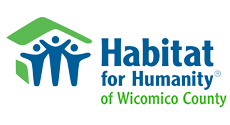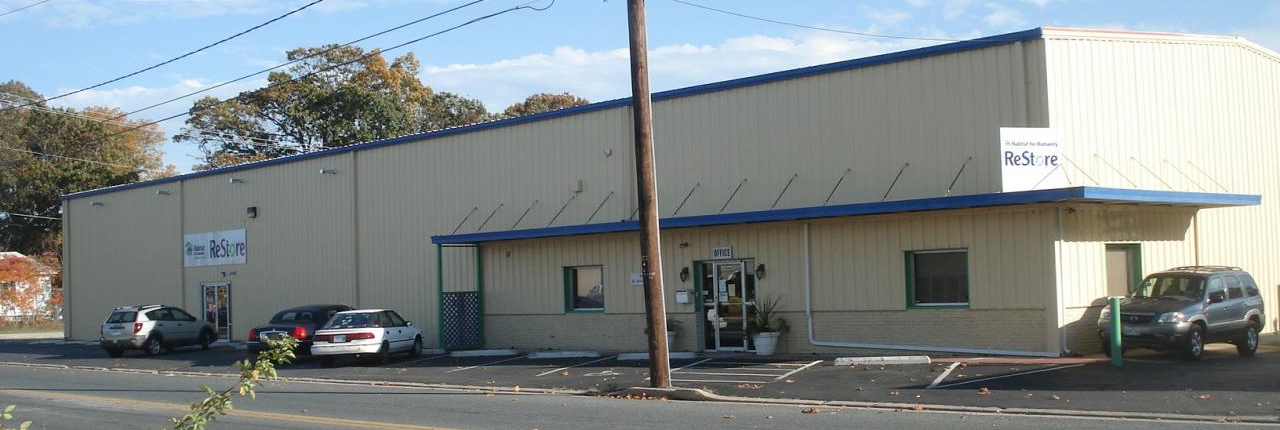Habitat for Humanity of Wicomico County History.
In May, 1986, Alice and Walden Howard, friends of Habitat International’s founders Millard and Linda Fuller, moved to Salisbury with the express purpose of starting a Habitat affiliate in the area. They chose Salisbury because with its Zoo, its Civic Center and its university, it appeared to be a community with civic pride and philanthropic involvement.
The Millers immediately met community leaders, both black and white, who confirmed the need for simple, decent, affordable housing in Wicomico County. The Millers joined a city wide Task Force on Affordable Housing that identified the need for decent low income housing as the area’s primary social problem.
Nine months later, the Millers held the first public meeting at Trinity United Methodist church and 75 people showed up. The response was so overwhelmingly positive, that they formed a Board of Directors and began to look for land on which to build.
A lot was found, local businesses donated materials, volunteers donated labor and construction began. A Family Selection Committee was formed and a family with four children who was living in an abandoned house in the county was chosen as the first Wicomico County Habitat homeowners.
In October, 1987, Board members drove to Syracuse, New York, where the Habitat for Humanity, International Board was meeting on Habitats eleventh anniversary. There we were officially welcomed as Habitat Affiliate Number 218 and Wicomico Habitat became the second affiliate in the State of Maryland.
During the next six years, Habitat completed a total of ten homes, build by local volunteers and church mission groups. Monies came from local community leaders and from the Faith community. Houses were built in lots scattered throughout the county.
In 1993, the Wiesner Family donated eight lots in a subdivision in the county and Habitat received $405,000 Federal Community Development Block Grant monies to acquire another 12 lots. Habitat’s focus changed from building scattered homes, to building neighborhoods and, for 11 years, Habitat built homes in the Kirkwood neighborhood.
In 2004 Habitat was approached by Barrie Tilghman, the then mayor of Salisbury, and invited to collaborate with the city in revitalizing the Church Street neighborhood, a core city neighborhood plagued with urban problems such as drugs, prostitution and crime.

